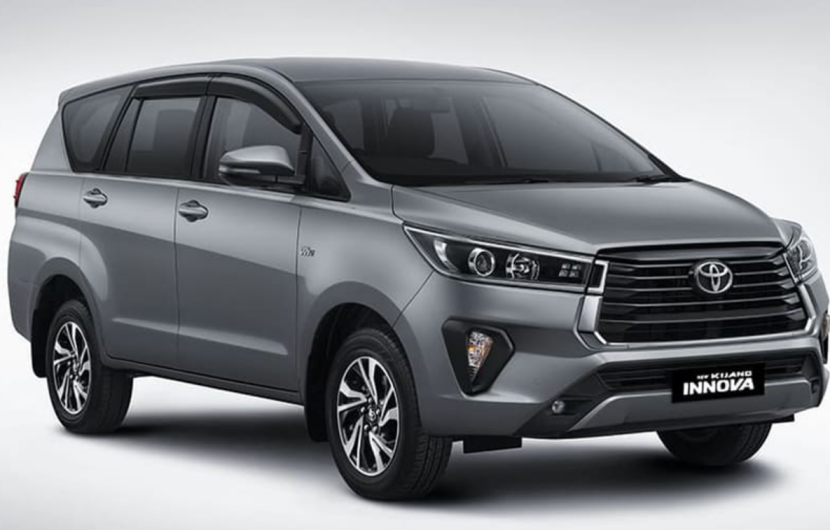In May of this year, new car sales in Southeast Asia generally declined, with the exception of Thailand, which saw a slight increase of 5% year-on-year. In Indonesia, new car sales dropped by 15%, while Malaysia and the Philippines saw minor declines of 3% and 1%, respectively. Notably, GlobalData has lowered its recent forecast for ASEAN light vehicle sales by about 1% due to global trade uncertainties, predicting a slight decrease in ASEAN light vehicle sales from 3.12 million in 2024 to 3.11 million in 2025.
Thailand's new car sales grew by 5% year-on-year in May, reaching 52,229 vehicles, a recovery from the low of 49,871 units in the same month last year. This marks the second consecutive month of growth for Thailand's new car sales. The previous two years saw a significant decline in sales due to tightened credit standards by banks and auto finance companies in response to rising non-performing loans, making it difficult for consumers and small businesses to obtain financing. Last year, Thailand's new car sales fell by 26% to 572,675 units, marking a 15-year low.
The growth in May was mainly driven by strong sales of electric vehicles (EVs), primarily from Chinese manufacturers. Data from the Gaishi Automotive Research Institute shows that China exported 9,873 passenger cars to Thailand in May, with 8,183 being EVs. Under the Thai government's EV3.0 investment incentive plan, Chinese automakers are gradually increasing local production to replace previous imports. However, the sales of pickups in Thailand continued to decline significantly.
In the first five months of this year, Thailand's new car sales saw a slight decline of 3% year-on-year, from 260,365 units to 252,615 units; pickup sales fell by 17% to 62,467 units. The sales of passenger pickups stood at 15,365 units (down 7% year-on-year), while internal combustion engine passenger cars fell by 11% to 62,553 units. The sales of hybrid models declined by 6% to 55,374 units, but the sales of pure electric vehicles increased by 23% to 53,955 units.
The Thai government is considering introducing scrapping incentives to encourage car owners to trade in old pickups for new ones, having launched a 5 billion baht loan guarantee scheme earlier this year to support local SMEs in purchasing pickups. However, the impact of this scheme on pickup sales has not been significant so far. FTI's automotive industry club vice-chairman Surapong Paisitpatanapong expressed support for the scrapping incentive proposal, stating that it could boost sales by 50,000 to 100,000 units. He suggested that extending this measure to passenger cars could yield even better results.
Despite an 8% year-on-year decline in automotive production in the first five months to 594,492 units, Thailand remains the largest automotive producer in the ASEAN region. However, exports have decreased by 10% year-on-year to 390,095 units due to weak overseas demand, increased competition from Chinese manufacturers, and tightening carbon emission regulations in major markets. FTI has revised its forecast for Thailand's total automotive production in 2025 down to 1.4 million units, below the earlier estimate of 1.5 million units.
In Indonesia, new car sales dropped by 15% year-on-year in May, from 71,391 units last year to 60,613 units this year. The performance in May was weaker compared to last year, when sales had already fallen 13% from the post-pandemic peak. In the first five months of this year, Indonesia's new car sales declined by 5.5% year-on-year to 316,981 units, with passenger car sales decreasing by 5% to 248,897 units and commercial vehicle sales dropping by over 6% to 68,084 units.
Among manufacturers, Toyota's sales rose by 2% to 106,027 units due to strong demand for new models like the Hilux Rangga and Innova MPV. However, other Japanese manufacturers faced increasing competition from Chinese brands, which are driving demand for EVs in the Indonesian market. Daihatsu's sales fell by 22% to 55,049 units, Honda's sales were down 29% to 28,502 units, Mitsubishi's sales dropped 13% to 26,028 units, and Suzuki's sales fell by 22% to 22,240 units. Notably, in the first five months, sales of pure electric vehicles surged nearly twofold to 30,152 units, with BYD and its Denza brand accounting for 15,978 units, SAIC-GM-Wuling selling 4,735 units, and Chery/Omoda selling 4,081 units.
In Malaysia, new car sales dipped by 3% year-on-year in May, from 70,254 units last year to 68,007 units this year. In the first five months, total car sales in Malaysia decreased by 5% year-on-year to 316,737 units, with light passenger vehicle sales down 3% to 295,213 units and commercial vehicle sales dropping 23% to 21,524 units. However, pure electric vehicle sales saw a remarkable increase of 59% year-on-year to 13,871 units, driven by strong demand for BYD and its Denza brand, as well as the recent launch of the e.MAS 7 model by local manufacturer Proton.
In the Philippines, new car sales fell by 1.2% year-on-year in May, from 40,271 units to 39,775 units, marking the second decline of the year. In the first five months, overall sales in the Philippines rose slightly by 1.7% year-on-year to 190,429 units, driven by a 10% increase in commercial vehicle sales, while passenger car sales declined by 21.3% to 38,725 units. The market outlook remains optimistic, with expectations for sales to reach 500,000 units by 2025 as the industry continues to grow, particularly in the commercial vehicle sector.
Southeast Asia's New Car Sales Decline, Except for Thailand

Images



Share this post on: